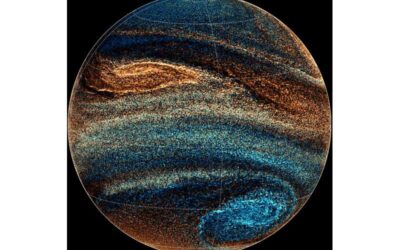While roboticists have developed increasingly sophisticated systems over the past decades, ensuring that these systems can autonomously operate in real-world settings without mishaps often proves challenging. This is particularly difficult when these robots are...
Planetary Sciences
Simulations show that exoplanets heated at deeper depths by their host stars display markedly different weather patterns
For many years, most astrophysical models assumed that planets beyond our solar system, known as exoplanets, are heated at similar depths by their host stars (i.e., stars like the sun around which planetary systems are formed). Analyses of recent observations by...
A new approach to reduce the risk of losing solar-powered rovers on the moon
NASA and other space agencies worldwide periodically send robots and automated vehicles into space to explore planets and other celestial objects in our solar system. These missions can greatly improve our understanding of the environment and resources in other parts...
The effects of solar flares on Earth’s magnetosphere
Planet Earth is surrounded by a system of magnetic fields known as the magnetosphere. This vast, comet-shaped system deflects charged particles coming from the sun, shielding our planet from harmful particle radiation and preventing solar wind (i.e., a stream of...




